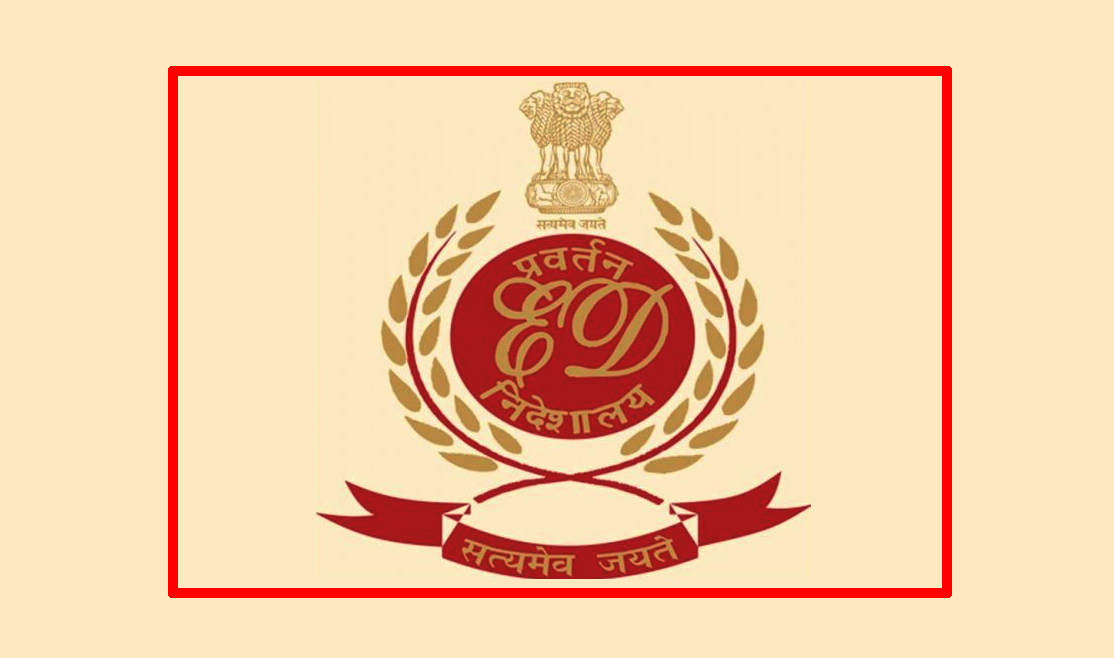NEW DELHI : The Enforcement Directorate has attached assets worth over Rs 130 crore of various Hyderabad-based jewellery houses and their promoters in a money laundering probe linked to alleged financial irregularities done during the 2016 demonetisation exercise, the agency said on Tuesday.
The action has been taken against Musaddilal Gems and Jewels Pvt Ltd, Vaishnavi Bullion Pvt Ltd and Musaddilal Jewellers Pvt Ltd, according to the Enforcement Directorate (ED).
The attached assets, include 41 immovable properties, investments made in shares and jewellery, and bullion worth Rs 83.30 crore, seized in raids conducted some years back. The total value of these properties is Rs 130.57 crore, it said.
The attachment has been undertaken under the Prevention of Money Laundering Act (PMLA) and the ED case is based on an FIR registered by the Telangana Police against the jewellery houses post the demonetisation of two high-value banknotes — Rs 500 and Rs 1,000 — by the government in November 2016.
In a statement, the ED said during probe it was found that the three jewellery and bullion firms had deposited Rs 111 crore worth of demonetised notes in their bank accounts immediately after the note ban was announced on November 8, 2016.
“They had raised fake cash receipts and sale invoices showing that around 6,000 fictitious customers visited their showrooms to purchase gold jewellery between 8 pm to midnight on 8.11.2016 immediately after the announcement of demonetisation,” the ED alleged.
The agency claimed that “the companies of Kailash Chand Gupta and his sons (promoters of Musaddilal Gems) in connivance with his chartered accountant (CA) Sanjay Sarda fabricated invoices to justify the fictitious sources of income and the large amounts of cash deposits.”
“Sarda advised them to raise fabricated invoices below Rs 2 lakh so that there would be no requirement of recording the KYC or PAN of the customers,” the agency alleged.
The CA also contributed demonetised cash for conversion and also received a “hefty commission” for rendering advice, it claimed.
The ED said immediately after depositing the said amount of cash in their bank accounts, a major portion of these deposits were transferred to gold bullion dealers to buy bullion, which was delivered to various jewellers, individuals and entities.
“Thus, the demonetised notes were successfully placed, layered and finally integrated into the financial system,” it alleged.
The ED said the Rs 111 crore was pooled from various jewellers, individuals and entities. “Majority of the jewellers admitted that they had contributed cash,” it said.
“They again claimed that the demonetised notes were sourced from unknown customers. But they could neither provide the list of customers nor explain the reasons for depositing it in the accounts of Mussadilal Jewellers instead of their own,” the agency said.
The ED said that it was found that by selling the converted gold at an exorbitant profit, the Gupta family derived profits of around Rs 28 crore.
The agency has filed two charge sheets in the case, the latest being in September last year. (AGENCIES)
Trending Now
E-Paper


